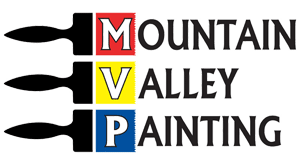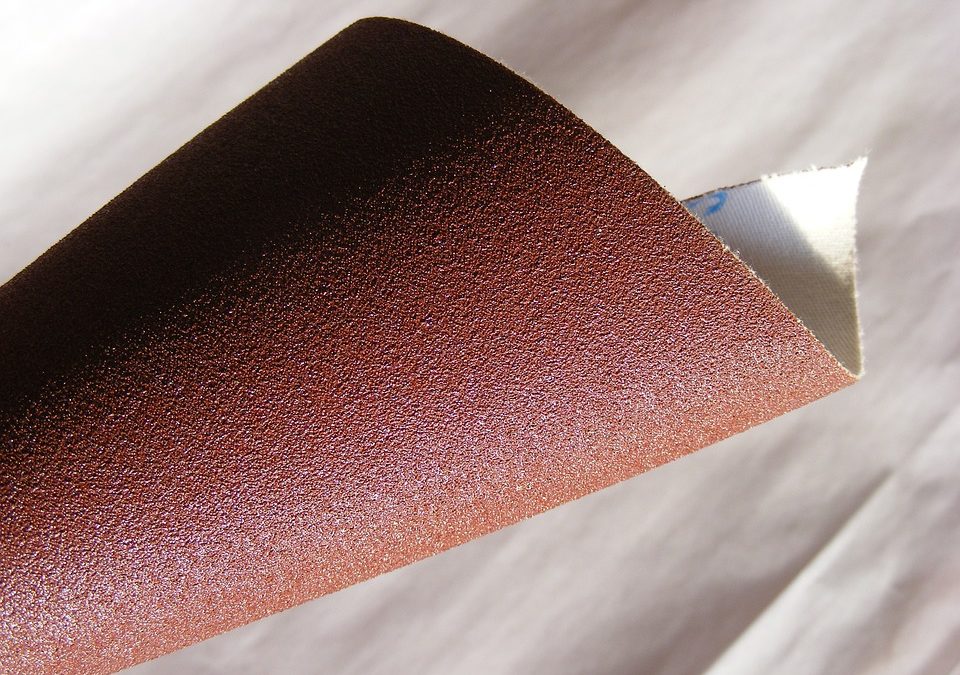When considering a painting project, keep in mind that the painting portion is the smallest and usually the fastest step. For a successful finish it’s all about the prep work. Prepping your project correctly can be the difference between a beautiful, lasting finish and a total disaster. When you are prepping your surface for paint, sanding is a vital step. You definitely don’t want to put fresh paint over old flaking paint, rust, dirt, or an uneven surface. So what do you look for when buying sanding supplies for your specific project? Let’s look at some options.
Grit describes the level of abrasiveness of sand paper. Grit can range from very coarse and rough, to almost smooth. When it comes to sandpaper grit levels, the lower the number, the more abrasive the grit material or sand, the higher the number the smoother and less abrasive the material will be. When working with surfaces for paint keep in mind that a rougher grit will take old paint off faster, but can put deep scratches into your surface. A finer, higher number grit might be worth the extra effort for your prep work. If lead is suspected in your old paint (before 1978) make sure you test before sanding, and always wear a mask/respirator, no matter what you are sanding.
Here is a simple grit guide:
30 to 36 – Very Coarse – This would be useful for rust on rough metal or taking down raw flooring.
40 to 80 – Coarse – Removal of tough varnish, or layers of excessive debris.
100-150 – Medium – Stain removal from walls, 1st pass on unfinished wood, and removing stains or varnishes.
180-240 – Fine – Light sanding between coats of paint on drywall, removing scratches from wood surfaces.
320-600 – Very Fine – Light scuffing of surfaces between coats of paint on softer surfaces, polishing and finishing wood.
1200-2000 – Ultra-Fine – Final wood sanding, clear and smooth finish on surface and use on more delicate projects.
You can start with a more coarse option and work down to a smoother grit. Keep in mind you will probably want a bit of a scuffed or slightly roughened surface so paint will stick better. The sanding level will depend on the exact material you are working with and the type of paint or stain. If the project seems too big or difficult you can always contact the best commercial painters in the Salt Lake area with one call to Mountain Valley Painting. 801.865.9987 ask about our free estimates!

